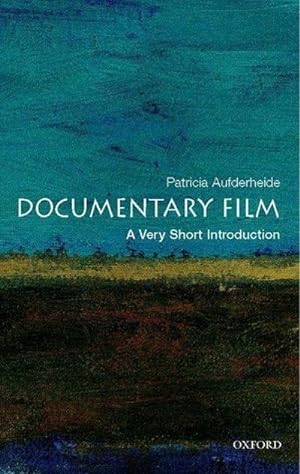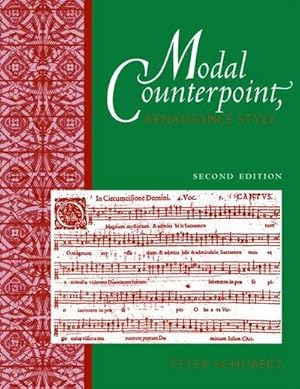oxford university press inc jan 2008 (2 risultati)
Tipo di articolo
- Tutti gli articoli
- Libri (2)
- Riviste e Giornali
- Fumetti
- Spartiti
- Arte, Stampe e Poster
- Fotografie
- Mappe
-
Manoscritti e
Collezionismo cartaceo
Condizioni
- Tutte
- Nuovi
- Antichi o usati
Legatura
- Tutte
- Rilegato
- Brossura
Ulteriori caratteristiche
- Prima edizione
- Copia autografata
- Sovraccoperta
- Con foto
- No print on demand
Paese del venditore
Valutazione venditore
-
Documentary Film: A Very Short Introduction
Editore: Oxford University Press Inc Jan 2008, 2008
ISBN 10: 0195182707ISBN 13: 9780195182705
Da: Smartbuy, Einbeck, Germania
Libro
Taschenbuch. Condizione: Neu. Neuware - Documentary film can encompass anything from Robert Flaherty's pioneering ethnography Nanook of the North to Michael Moore's anti-Iraq War polemic Fahrenheit 9/11, from Dziga Vertov's artful Soviet propaganda piece Man with a Movie Camera to Luc Jacquet's heart-tugging wildlife epic March of the Penguins. In this concise, crisply written guide, Patricia Aufderheide takes readers along the diverse paths of documentary history andcharts the lively, often fierce debates among filmmakers and scholars about the best ways to represent reality and to tell the truths worth telling.Beginning with an overview of the central issues of documentary filmmaking-its definitions and purposes, its forms and founders-Aufderheide focuses on several of its key subgenres, including public affairs films, government propaganda (particularly the works produced during World War II), historical documentaries, and nature films. Her thematic approach allows readers to enter the subject matter through the kinds of films that first attracted them to documentaries, and it permits her to makeconnections between eras, as well as revealing the ongoing nature of documentary's core controversies involving objectivity, advocacy, and bias. Interwoven throughout are discussions of the ethical and practical considerations that arise with every aspect of documentary production. A particularlyuseful feature of the book is an appended list of '100 great documentaries' that anyone with a serious interest in the genre should see.Drawing on the author's four decades of experience as a film scholar and critic, this book is the perfect introduction not just for teachers and students but also for all thoughtful filmgoers and for those who aspire to make documentaries themselves.ABOUT THE SERIES: The Very Short Introductions series from Oxford University Press contains hundreds of titles in almost every subject area. These pocket-sized books are the perfect way to get ahead in a new subject quickly. Our expert authors combine facts, analysis, perspective, new ideas, and enthusiasm to make interesting and challenging topics highly readable. 176 pp. Deutsch.
-
Modal Counterpoint : Renaissance Style
Editore: Oxford University Press Inc Jan 2008, 2008
ISBN 10: 019533194XISBN 13: 9780195331943
Da: AHA-BUCH GmbH, Einbeck, Germania
Libro
Taschenbuch. Condizione: Neu. Neuware - The only species counterpoint text that draws directly on Renaissance treatises, Modal Counterpoint, Renaissance Style, Second Edition, provides a conceptual framework to guide students through composition and analysis as it teaches them general structural principles. It distinguishes between technical requirements ('hard' rules) and stylistic guidelines ('soft' rules), and includes coordinated exercises that allow students to develop their skills systematically. The second edition integrates improvisation activities and new repertoire examples into many chapters; revises the chapter on three-part writing (Chapter 14) so that it pays more attention to rules and strategies; reworks the chapters on cadences (Chapter 10) and on writing two parts in mixed values (Chapter 11) to make them more accessible to students; incorporates clarified instructions throughout; and includes a summary of rules.



